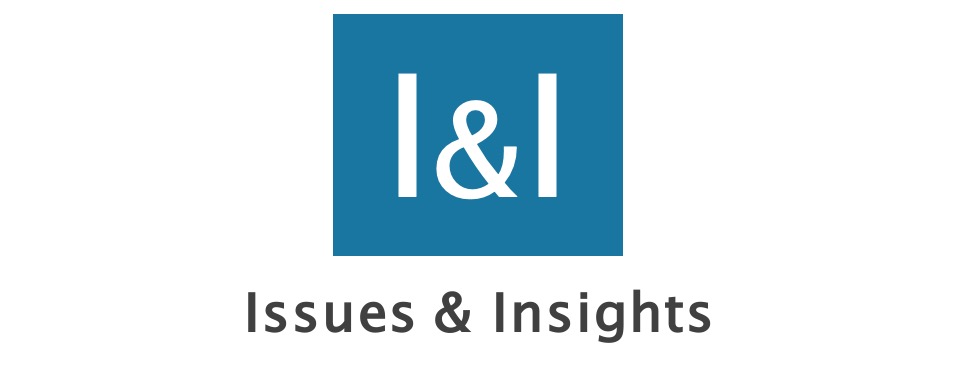At last week’s Democratic presidential primary debates in Detroit, the candidates again highlighted the need to bring down prescription drug prices. Yet none mentioned how efforts to do so were dealt a blow last month when Health and Human Services announced it was not moving forward with its proposed rule to eliminate the distortionary rebates in the prescription drug supply chain that drive up list prices.
Though the HHS decision was a disappointing one, there are still many other steps government officials and presidential candidates can take to achieve their goal of reducing drug costs. At the top of their priority list should be increasing patient access to biosimilar drugs. Biosimilars are biologic medicines that are highly similar to existing biologic products with no clinically meaningful differences in terms of safety and efficacy.
A robust biosimilar pipeline can help push down costs and make room for new innovation, on which many patients depend. These are patients like Callum Radley, who is living with ankylosing spondylitis, a form of arthritis. She knows there may be a biosimilar that is right for her, but so far access and information has been non-existent.
Biologics accounted for 37% of American drug spending in 2017. While biosimilars are not as cheap as generic medicines, they have the potential to significantly reduce the coinsurance costs of patients suffering from chronic illnesses like cancer, rheumatoid arthritis, and Crohn’s disease.
A new report released by the Pacific Research Institute finds that increased access to biosimilars could save the U.S. more than $7 billion in annual healthcare cost savings. Other studies, including from the Food and Drug Administration, have estimated similar savings.
In 2010, Congress recognized the potential of biosimilars and passed a law to encourage more development. The Food and Drug Administration has since approved 21 biosimilar drugs including several that compete with the top ten most widely used drugs in the U.S. But only seven are actually in the marketplace. Contrast this to Europe, where 50 biosimilars have been authorized and are on the market.
Why are cheaper biosimilars not reaching American patients? According to the PRI report, insurers and the pharmacy benefit managers they work with prioritize biologics over biosimilars because they are more profitable. By banning biosimilars from their formularies, insurers are often forcing patients to use more expensive biologics.
According to Johns Hopkins researchers, “almost every [Medicare] plan has at least one branded drug on the formulary that’s in a better place than the generic.” An Avalere study found that in 2015 less than 20% of generic drugs covered by Medicare were in the preferred formulary tiers with the lowest out-of-pocket costs — compared to more than 70 percent in 2011.
Fixing this imbalance that prioritizes expensive brand name drugs over generics is perhaps the lowest hanging fruit among all drug pricing reforms. Patients, especially new patients, should have access to the lower-cost biosimilar option.
At an event last year at the Brookings Institution, outgoing FDA chief Scott Gottleib pointed out that this formulary discrimination has resulted in biosimilars only having access to 15 percent of the market. He said that if Americans could have bought FDA-approved biosimilars, they could have saved more than $4.5 billion a year.
According to PRI, between February 2018 through February 2019, the annualized total costs of nine biologic drug classes was $32.1 billion, 98 percent of which came from originator biologics. Even though biosimilars comprised of a little more than two percent of this figure, they generated hundreds of millions of dollars in savings.
Yet under the status quo, insurers and pharmacy benefit managers pocket their rebates, driving up the list prices of medicines as well as patients’ out of pocket costs.
Ensuring fair market access to biosimilar drugs will help provide the highest quality healthcare at a much more affordable price. Patients will pay thousands of dollars less for their drugs every year. Government officials and presidential candidates looking to bring down drug costs should make access to biosimilars their next priority.
Terry Wilcox is the executive director of Patients Rising.
Note to Readers: Issues & Insights was launched by the seasoned journalists behind the legendary IBD Editorials page. Our mission is to use our decades of experience to provide timely, fact-based, reported and deeply informed analysis on the news of the day.
We’re doing this on a voluntary basis because we think our approach to commentary is sorely lacking on the internet. If you like what you see, feel free to click the Tip Jar over on the right sidebar. And be sure to tell your friends!







 Using these vague “policy violations,” Google is now threatening to demonetize us. It’s part of Big Tech’s effort to silence conservative voices.
Using these vague “policy violations,” Google is now threatening to demonetize us. It’s part of Big Tech’s effort to silence conservative voices.
I am a physician. For at least 20 years Medicare pays physician fees at the lowest level the physician charges, or at a maximum fee as set by Medicare. So if a physician charges $100 to most patients for a visit and charges just a few patients $70, Medicare will tell that doctor his/her fee is now $70 and pay accordingly. I say do the same with the drug companies. If a company charges less for that drug outside of the US, then Medicare will pay that same amount here in the US. Medicare fees to US doctors have gone up a total of 10% over the last 20 years, so do the same for the hospitals and drug companies. If I sound somewhat bitter about this, I just may be.